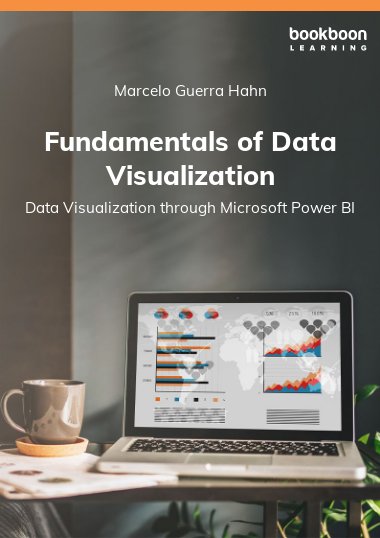This book provides basic concepts of data visualization to help students, researchers, and data analysts. They can understand key concepts related to data visualization.
Data specialists & analysts, business intelligence analysts, analytics manager, data scientist and data engineer can use this book to learn about data visualization. They can learn how to visualize data using Microsoft Power BI. They can analyze their documents and files more easily after reading this book. This book will help the readers to gather and interpret data effortlessly.
About the Author
Marcelo Guerra Hahn currently leads the Bachelor of Science Department at Lake Washington Institute of Technology. With over 19 years of experience in data analysis and software development, Marcelo continues to work on what he's most passionate about, helping people see and understand data. Marcelo holds a master's in computer science from Universidad de la República, an MBA and master's in applied mathematics from the University of Washington, and a master's in applied statistics from Texas A&M University.
